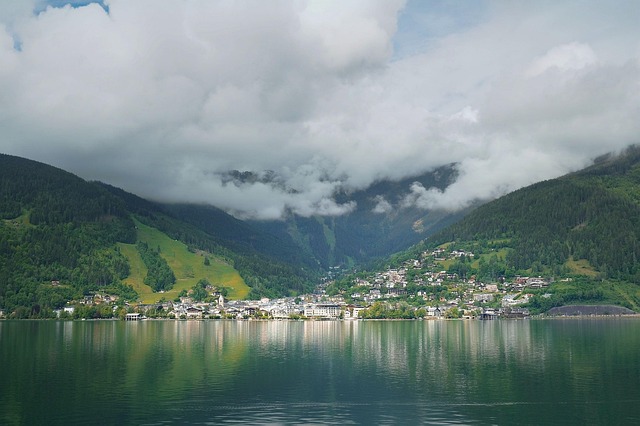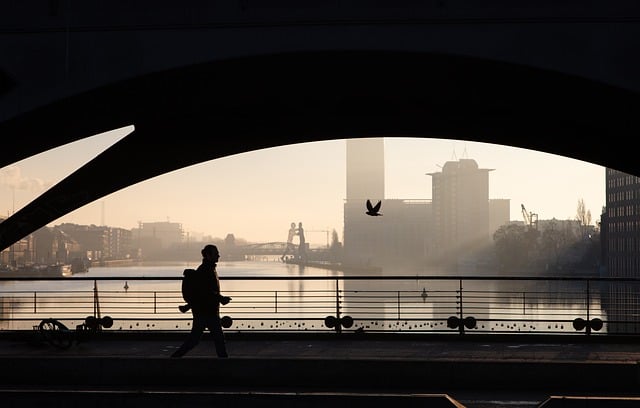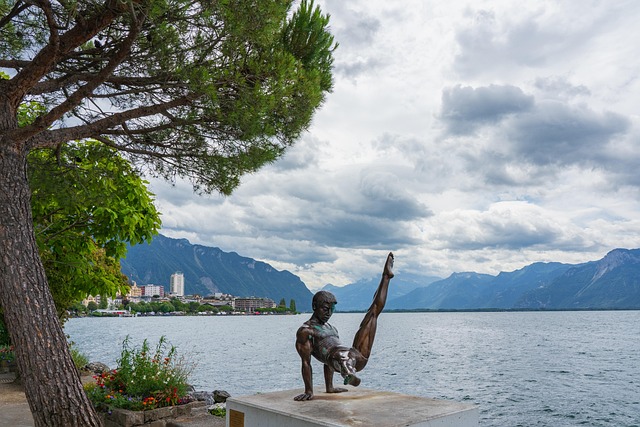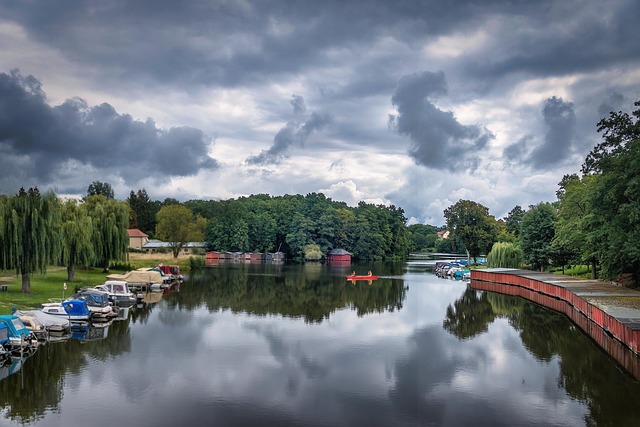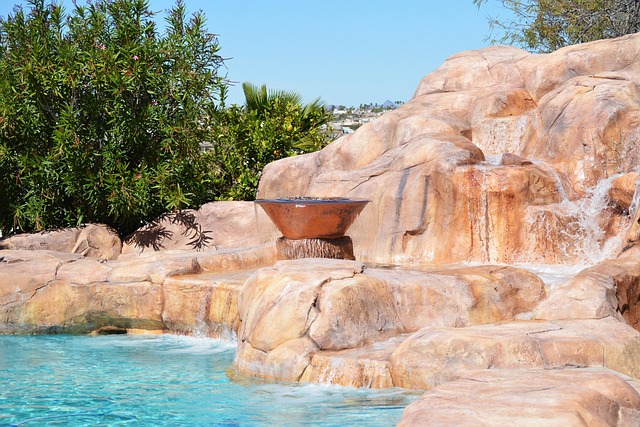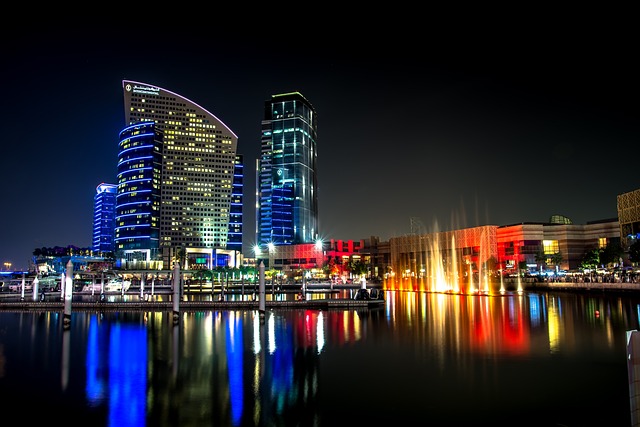London Bridge, from medieval crossing to global tourist attraction, has undergone a remarkable transformation. Its architectural evolution and strategic location have boosted its reputation and property value. Now, the bridge is poised for another significant overhaul, becoming a vibrant new quarter blending residential, commercial, and leisure spaces. This renaissance respects historical significance while incorporating modern designs, sustainable features, and cultural amenities, promising to stimulate the local economy with a unique fusion of historic charm and contemporary urban living.
London Bridge, a historic landmark and iconic symbol of the city, has undergone a remarkable transformation from a simple crossing to a vibrant tourist attraction. This article explores the real estate evolution of London Bridge, delving into its historical significance, the modern adaptations that enhance visitor experiences, and future developments set to redefine the bridge’s landscape. Discover how this once-functional structure has become a captivating destination, blending past and present in the heart of London.
The Historical Evolution of London Bridge: A Real Estate Landmark

London Bridge, one of the city’s most iconic landmarks, has undergone a remarkable historical evolution, transforming from a simple crossing to a vibrant hub of activity and real estate. Originally built in the medieval period, the bridge connected London to its growing suburbs and became a vital part of the city’s infrastructure. Over time, it evolved from a wooden structure to a more robust design, reflecting the architectural styles of each era.
The historical significance of London Bridge extends beyond its structural changes. It has been a gateway into the heart of London, attracting visitors and traders for centuries. The bridge’s real estate value has grown with its reputation, hosting various landmarks, shops, restaurants, and residential buildings that contribute to the unique character of this dynamic city.
Touristic Appeal and Modern Adaptations: Enhancing the Visitor Experience

London Bridge, an iconic landmark, has long been a magnet for tourists from around the globe. Beyond its historical significance, the bridge’s allure lies in its continuous transformation to meet modern tastes and enhance the visitor experience. Today, it offers a blend of traditional charm and contemporary attractions, making it a vibrant hub for both locals and tourists alike.
Modern adaptations have carefully preserved the bridge’s heritage while introducing new dimensions. Interactive exhibits, state-of-the-art lighting, and art installations breathe life into its architecture. Moreover, the real estate surrounding the bridge has been revitalized with sleek cafes, shops, and galleries, creating a dynamic urban landscape. These updates not only cater to diverse visitor interests but also foster a sense of community, ensuring London Bridge remains a top destination for those seeking unique cultural experiences.
Future Developments: London Bridge's Real Estate Landscape Redefined

London Bridge, a renowned tourist hotspot, is set for a transformative future as its real estate landscape undergoes a significant redefine. The iconic structure, long a symbol of the city’s resilience and dynamism, will soon house a mix of residential, commercial, and leisure spaces, creating a vibrant new quarter.
Developers are leveraging London Bridge’s prime location and historic appeal to craft modern, sustainable buildings that complement its architectural heritage. This includes innovative designs featuring green spaces, cultural amenities, and state-of-the-art offices, promising to attract businesses and residents alike. The revitalised area will not only enhance the local economy but also provide a unique blend of historical charm and contemporary urban living, solidifying London Bridge’s position as a premier destination both for visitors and locals.
